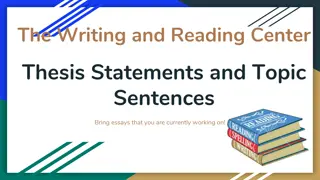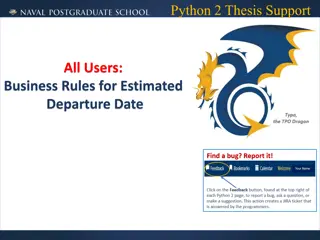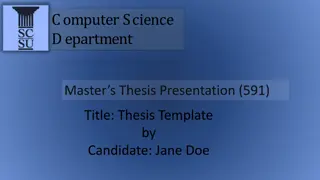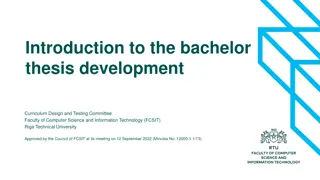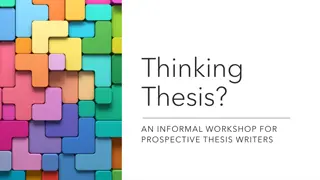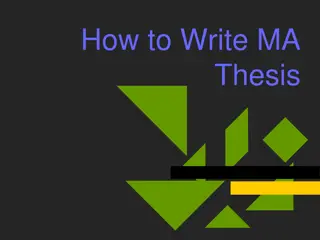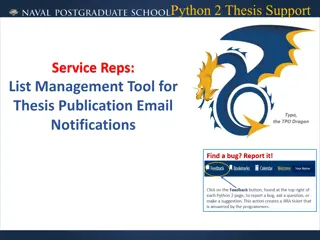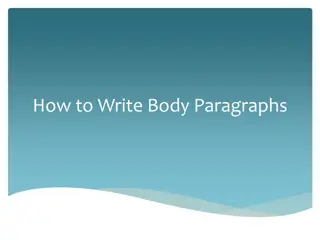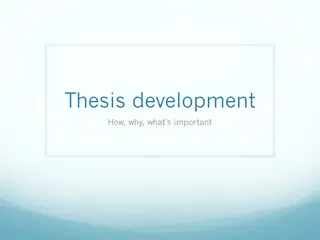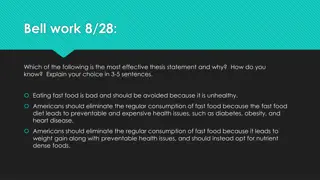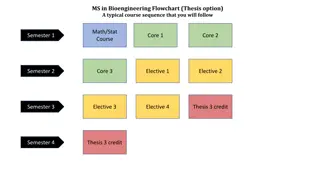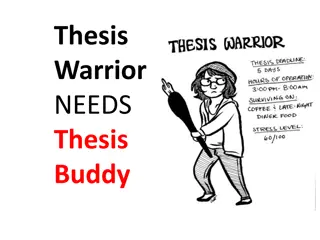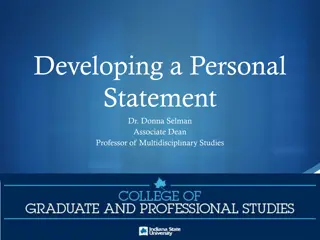Crafting a Strong Thesis Statement
Understanding the role of an argument in academic writing, this guide emphasizes the importance of a clear thesis statement to drive the paper and provide direction for the reader. It explores how to form a focused position, narrow it down, and potentially qualify the thesis for a compelling and effective argumentative paper.
Download Presentation

Please find below an Image/Link to download the presentation.
The content on the website is provided AS IS for your information and personal use only. It may not be sold, licensed, or shared on other websites without obtaining consent from the author.If you encounter any issues during the download, it is possible that the publisher has removed the file from their server.
You are allowed to download the files provided on this website for personal or commercial use, subject to the condition that they are used lawfully. All files are the property of their respective owners.
The content on the website is provided AS IS for your information and personal use only. It may not be sold, licensed, or shared on other websites without obtaining consent from the author.
E N D
Presentation Transcript
When we use the term argument . . . We mean the central, problem-solving idea that drives the paper, a concept that many of us learned to think of as a thesis. We might also think of this as a position or as a project, all of which suggest that there is a central point the student is trying to make in the paper. The argument will usually show up in a thesis statement on the first page of the paper, but this is not the sole defining characteristic of an argument. The student should have a goal in a paper, something he or she is trying to accomplish, often defined by a specific, argumentative statement. But even when this statement is absent, the goal is often still apparent, whether as a summation in the conclusion or an underlying/recurring theme of the paper. An ideal argument will be spelled out in a clear thesis statement and will provide both a direction for the paper and a motivation for that direction (a problem to solve, a goal to accomplish, a position to defend, a project to complete, etc.). -Barclay Barrios From Emerging, 14-15
Ask a question. If you are starting with a topic, turn it into a question. How does a screen influence the reading experience? Turn your question into a position. Make a claim! Try answering your question. Screens encourage a mindset that prioritizes speed over anything else.
Narrow your position. A good thesis is specific. If you need help, probe your claim: Why? How? While a digital interface exposes readers to a vast array of new information, it also encourages readers to seek out shortcuts, which means readers read less deeply and forget more material, and this is why physical texts will never go out of style.
Qualify your thesis, if necessary. (Qualifying words: may, very likely, and often) While a digital interface can expose readers to a vast array of new information, it also encourages readers to seek out shortcuts, which means readers read less deeply and forget more material, and this is one reason why physical texts will never go out of style.
1. Ask a question. If you are starting with a topic, turn it into a question. 2. Turn your question into a position. Make a claim! Try answering your question. 3. Narrow your position. A good thesis is specific. If you need help, probe your claim: Why? How? 4. Qualify your thesis, if necessary. (Qualifying words: may, very likely, and often)



